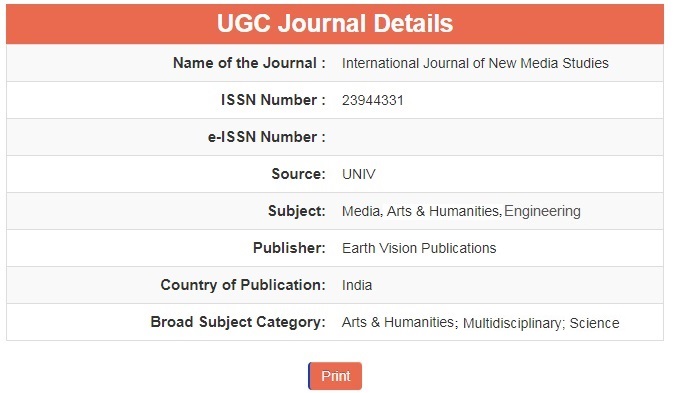Pollution of Fresh Water in India: Challenges and Way Forward
Keywords:
Freshwater pollution, India, water resources, wastewater management, sustainabilityAbstract
India is presently facing an acute crisis of freshwater pollution and scarcity. With nearly 18% of the world’s population but only 4% of global freshwater resources, the country is under immense stress to secure safe and clean water






